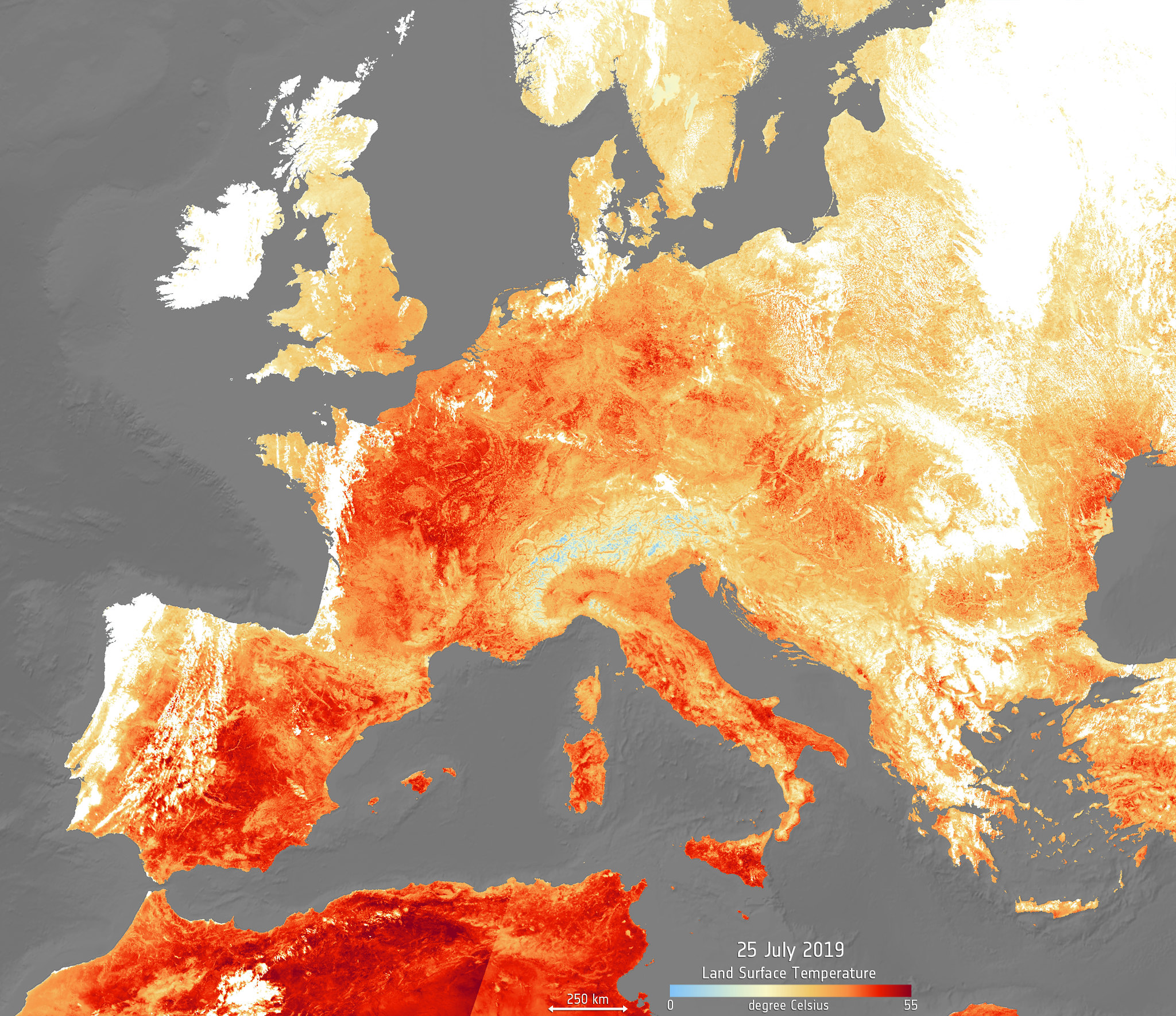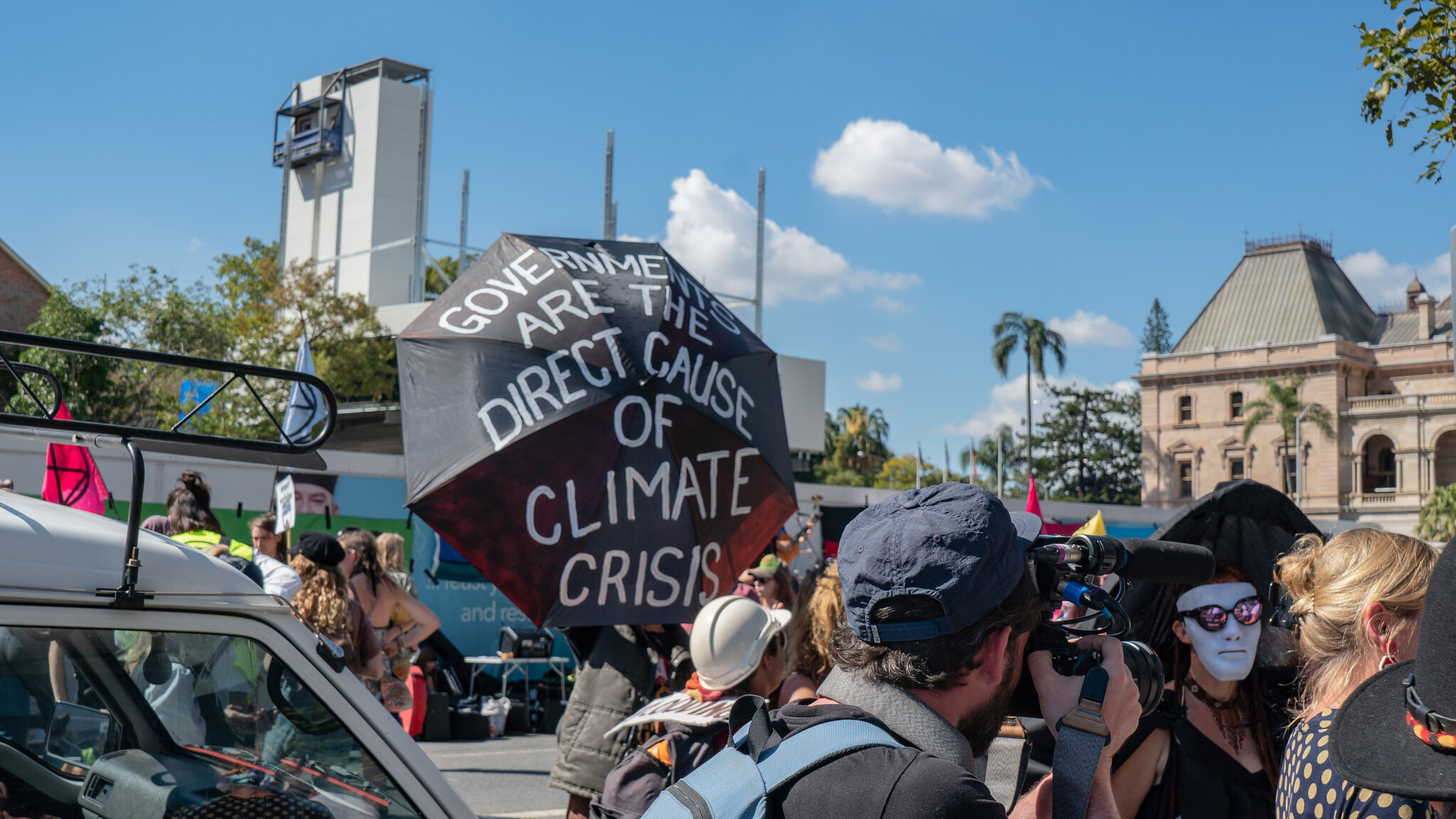Well folks, we did it. July 2019 was the hottest month in recorded human history, with record-breaking temperatures in many parts of Europe, wildfires raging over tens of thousands of square miles of Arctic Alaska and Russia, and a staggering ice melt in Greenland that dumped 197 billion gallons of water into the ocean — 12.5 billion tons of which melted over a single day.

All the while, the Trump administration has been actively suppressing climate science while pushing scientists and other officials out of their jobs. It also proposed weakening coal-burning power plant emissions rules, relaxed sage-grouse protection in land coveted by energy developers, continued to weaken protections for Bears Ears National Monument, and greenlit a controversial plan to allow drilling in Alaska’s Cook Inlet that could harm beluga whales and other marine mammals.
The administration also appointed William Perry Pendley, a staunch foe of America’s public lands, as acting head of the Bureau of Land Management, which oversees 250 million acres. The appointment could set the stage for the liquidation of public lands and unfettered fossil-fuel development around the country, further driving greenhouse gas emissions fueling the climate crisis.
Oh yeah, and Trump’s reelection campaign also started selling plastic straws to “own the libs.”
And internationally, Brazilian president Jair Bolsonaro — often referred to as the “Trump of the South” — fired the head of the agency responsible for tracking deforestation in the Amazon, which has increased sharply under that administration. Again, this will have a devastating effect on the climate, not to mention the wildlife and Indigenous peoples who live in these forests.
All of these threats and regressive actions are terrifying and all too real.
But at the same time, there are growing cracks in the anti-environmental shell game.
The number of lawsuits against the Trump administration are on the rise, as are ethical complaints against its appointees and potential investigations into their anti-environmental agenda. Meanwhile some states are also standing up to the administration and pushing back against regulatory rollbacks, and certain judges continue to stand up for environmental issues, most recently and most notably by halting the long-planned Rosemont mega-mine in Arizona.
The climate denial machine, although still quite active and dangerous, has begun to weaken. The Heartland Institute’s annual climate-denial conference was sparsely attended, full of tired retreads of old arguments, and suffered from a dramatic drop in corporate sponsors. Meanwhile, desperate climate deniers are resorting to mocking 16-year-old activist Greta Thunberg’s autism, earning them well-deserved derision.
On the other side of the equation, Extinction Rebellion and other activist groups continued to pick up steam.

Even businesses are taking note. Utilities are closing coal plants, investment banks are pulling out of fossil-fuel projects, and a major credit ratings agency has started to pay attention to climate risks.
And with the 2020 election looming, more Democratic presidential candidates have rolled out climate change platforms, putting themselves in stark contrast to the Denier-in-Chief. Most of the plans so far don’t go nearly far enough, but they exist, and candidates actually talked about climate issues at the last presidential debate, so that’s a start.
These Democratic platforms, or what comes out of these initial discussions, are not just necessary for the planet — they’re also wanted by a wide range of people. Republican political strategists recently warned that the party of denial could lose voters over issues related to climate change. That’s a huge shift.
All of these positive changes and trends add up, although there’s still so much further to go. And of course, the power of the Trump administration and other regressive officials around the world still have us all on track to possibly irreversible devastation, so we’re kind of on a tight deadline here.
But every victory, no matter how small or personal, is a chance to save — and preserve — our planet’s future. Those victories matter. They create momentum. They create change. They may seem too few and too far between in the face of the coming storm, but sometimes it pays to do just what I did in this editorial — list them, add them up, and then see the shape of a more positive future starting to emerge from the flames.
![]()


